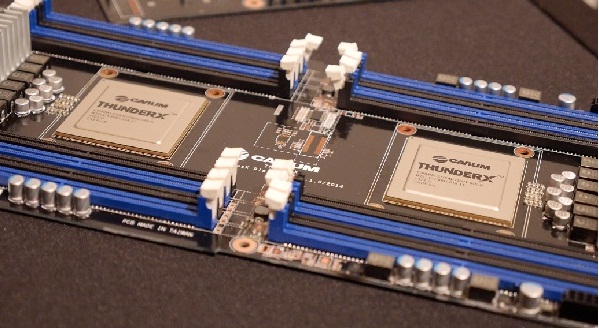Famously, Microsoft announced that the “upgrade” to Windows 10 would be free of charge. How nice of them. Given that historically Microsoft has made a lot of money selling consumer upgrades, this is a little puzzling until you realise what happened to Windows 8 in the commercial IT world. Basically, it’s as popular as a rattlesnake in a bran tub. Commercial users are still demanding, and getting, Windows 7 whilst home lusers have had no choice – having only Windows 8 pre-installed.
Since then, Windows some users have been “encouraged” to “upgrade” to Windows 10 by having a pop-up nag screen turn up on top of their work at regular intervals. This is produced by an update called GWX (“Get Windows Ten” in Roman numerals). An update you don’t seem able to un-install. Nice!
However, Microsoft has bottled out of doing this on Enterprise versions of Windows. They’re not that crazy. Imagine what would happen if every corporate customer got “upgraded” to a version of Windows that didn’t support their bespoke CMS, all at once. Every IT support person in the world would be heading for Seattle with a pitch-fork and flaming touch. ARM and embedded Windows won’t auto-upgrade either; nor (I believe) will machines connected to a domain controller – indicative of being used in a business.
As usual, it’s the voiceless SMEs using Windows 7 Pro that left paying the price for choosing Microsoft, and I’ve heard of plenty of people falling for the nag screen and getting in to trouble.
In repose to customers’ requests, demands and threats of physical violence, Microsoft has told the world how to disable the activities of GWX, in a KB article found here. Basically you have to add the following registry keys and it should stop. To disable OS upgrading add:
Subkey: HKLM\SOFTWARE\Policies\Microsoft\Windows\WindowsUpdate
DWORD value: DisableOSUpgrade = 1
And to stop the nag screen add:
Subkey: HKLM\Software\Policies\Microsoft\Windows\Gwx
DWORD value: DisableGwx = 1
The free “upgrade” offer only extends until July this year, so it will be interesting to see what happens then. In spite of Microsoft’s threats to drop it, Windows 7 is still being used in new installations, and from where I’m sitting, it’s the default option.



